Precipitation
Precipitation is a key component of the climate system as well as a key phenomenon for human activities, in particular through floods, droughts and water resources. Turbulence and the variety of processes involved in precipitation formation make precipitation highly variable in space and time at all scales. This is a major issue for the monitoring, the simulation and the prediction of precipitating systems, in the context of climate change. The core of our research activities concerns the use of remote sensing to improve the understanding, the monitoring and the simulation of precipitation, with a particular interest in mountainous and polar regions.
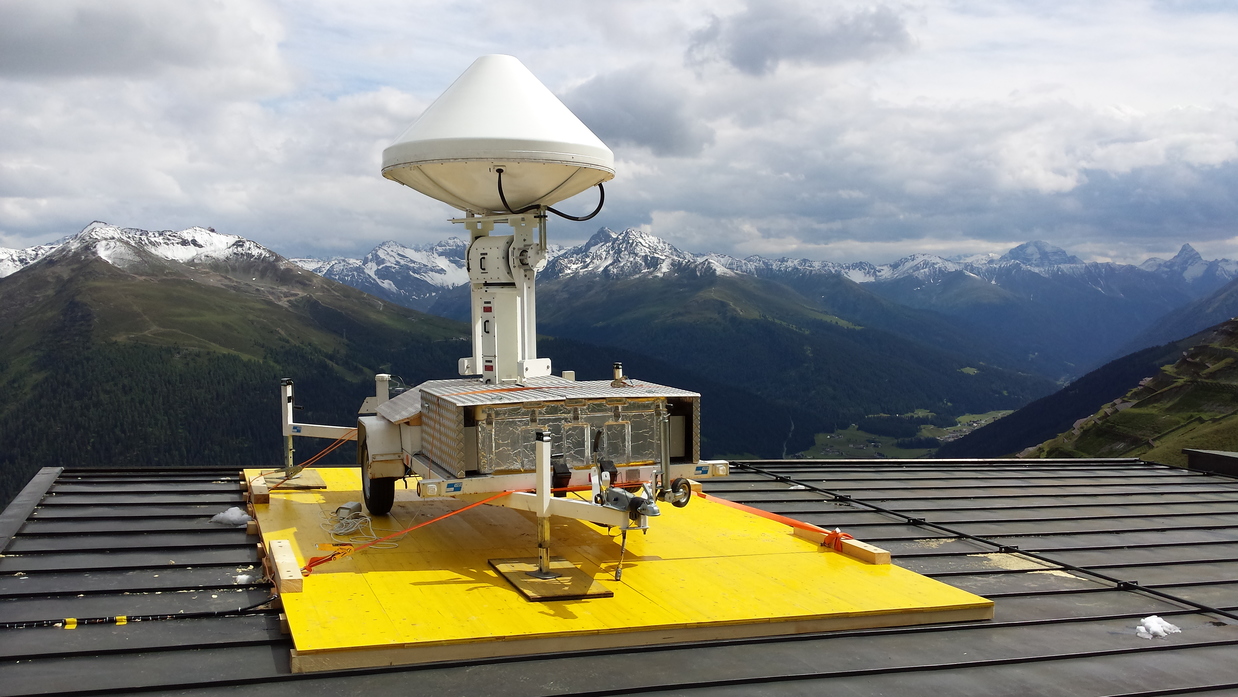
MXPol radar deployed near Davos in the Swiss Alps.
On-going research projects
Antarctic precipitation
Atmospheric WAter Cycle over Antarctica – AWACA project
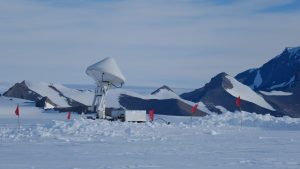
Radar deployed at Princess Elizabeth station, Antarctica
Precipitation microphysics
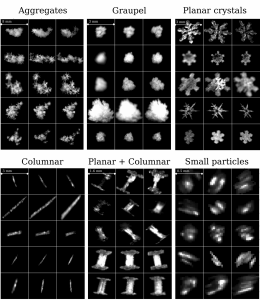
Example of good quality images of individual snowfall particles, classified according to Praz et al 2017. Images collected with a Multi-Angle Snowflake Camera (MASC)
Convective precipitation
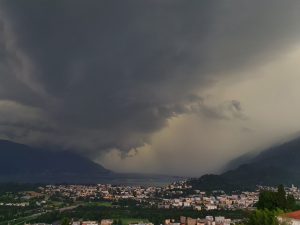
Supercell thunderstorm as observed from Locarno-Monti (copyright Luca Panziera)
Quantitative precipitation estimation
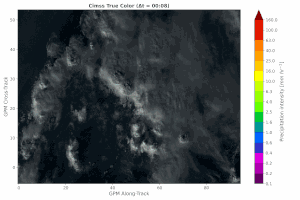
GOES-16 True Color Image with (overlayed) GPM-DPR precipitation estimates
Automatic monitoring
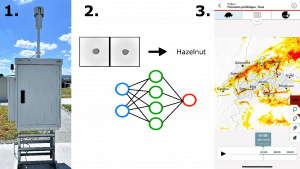
From outdoor measurement (1.), through data analysis (2.) until the final product, pollen maps and predictions (3.)
Past field campaigns
- PAPET 2020
- POPE 2019/2020
- Antarctica 2018/2019
- ICE-POP 2018
- Antarctica 2015-2016
- Davos 2014-2015
- PARADISO
- CLACE 2014
- HyMeX SOP 2013